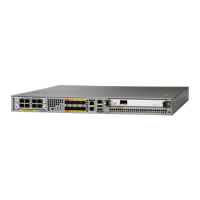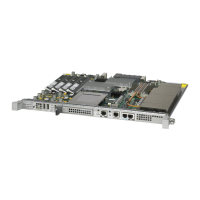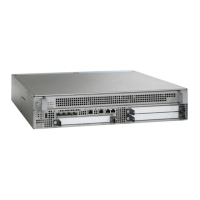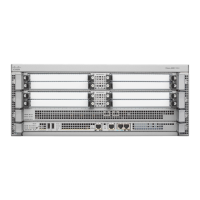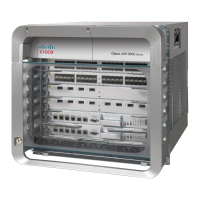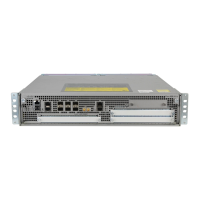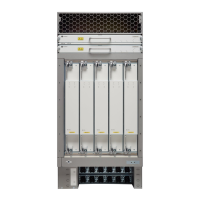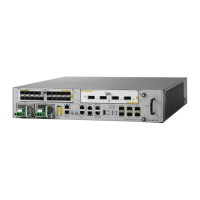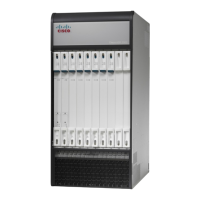7-11
Cisco ASR 1000 Series Aggregation Services Routers Software Configuration Guide
OL-16506-10
Chapter 7 Configuring Call Home
How to Configure Call Home
7. destination message-size bytes
8. active
9. exit
10. end
DETAILED STEPS
Command or Action Purpose
Step 1
configure terminal
Example:
Router# configure terminal
Enters global configuration mode.
Step 2
call-home
Example:
Router(config)# call-home
Enters call home configuration mode.
Step 3
profile name
Example:
Router(config-call-home)# profile test
Enters call home destination profile configuration mode for
the specified destination profile. If the specified destination
profile does not exist, it is created.
Step 4
destination transport-method http
Example:
Router(cfg-call-home-profile)# destination
transport-method http
Enables the HTTP message transport method.
Step 5
destination address http url
Example:
Router(cfg-call-home-profile)# destination
address http https://example.url.com
Configures the destination URL to which Call Home
messages are sent.
Note When entering a destination URL, include either
http:// or https://, depending on whether the server
is a secure server. If the destination is a secure
server, you must also configure a trustpoint CA.
Step 6
destination preferred-msg-format {long-text |
short-text | xml}
Example:
Router(cfg-call-home-profile)# destination
preferred-msg-format xml
(Optional) Configures a preferred message format. The
default is XML.
Step 7
destination message-size bytes
Example:
Router(cfg-call-home-profile)# destination
message-size 3,145,728
(Optional) Configures a maximum destination message size
for the destination profile.
Step 8
active
Example:
Router(cfg-call-home-profile)# active
Enables the destination profile. By default, a profile is
enabled when it is created.
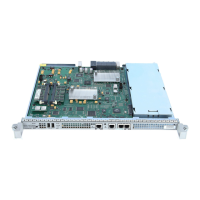
